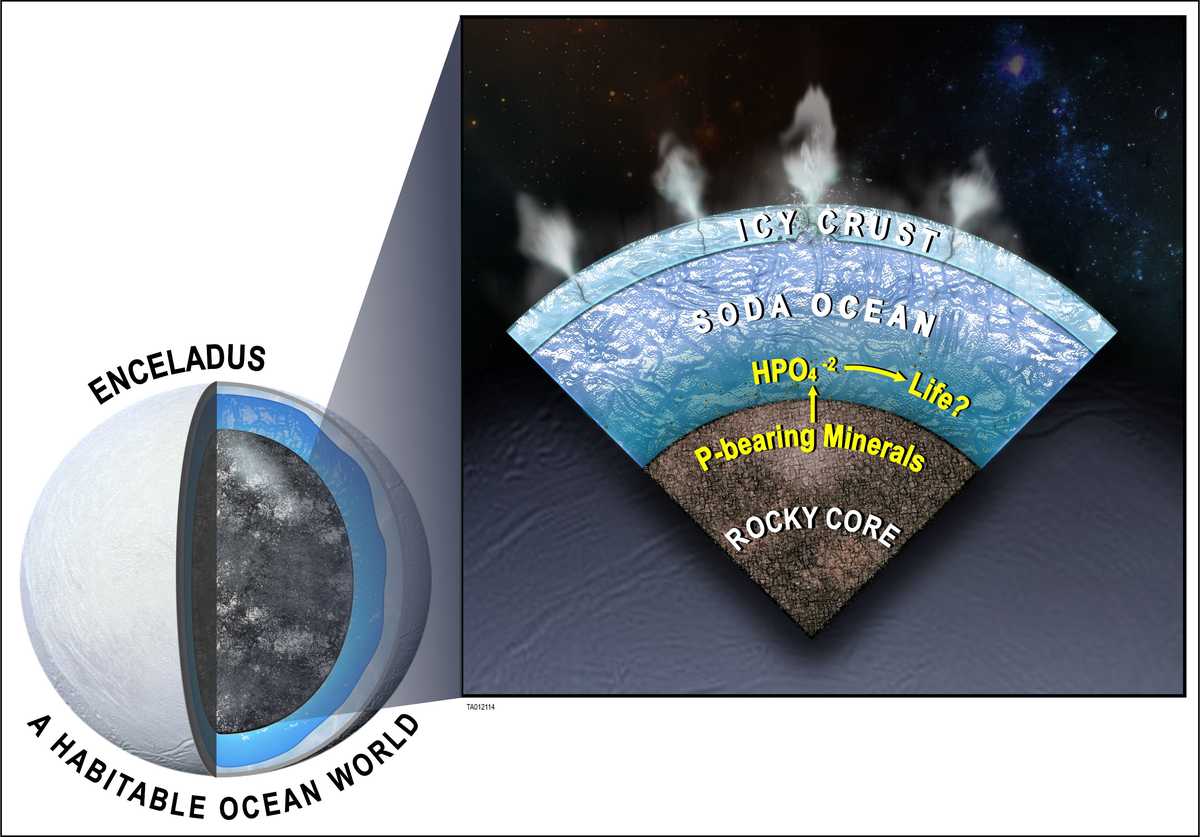
The search for extraterrestrial life has just become more interesting as a team of scientists, including Southwest Research Institute’s Dr. Christopher Glein, has discovered new evidence for a key building block for life in the subsurface ocean of Saturn’s moon Enceladus. New modeling indicates that Enceladus’s ocean should be relatively rich in dissolved phosphorus, an essential ingredient for life.
“Enceladus is one of the prime targets in humanity’s search for life in our solar system,” said Glein, a leading expert in extraterrestrial oceanography...
Read More









Recent Comments